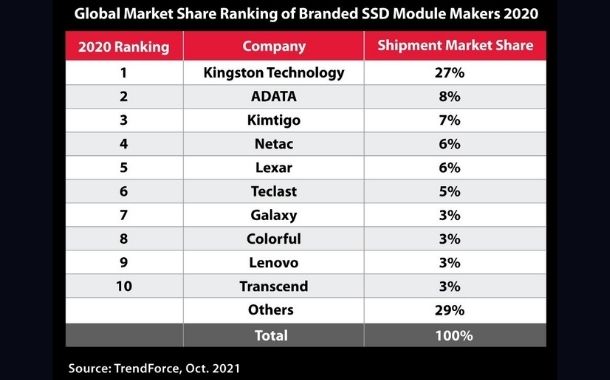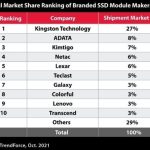Dynamic Random-Access Memory has morphed into a modern-day phenomenon. Essential for IT systems and computing devices’ operational continuity and sustainability, these memory devices have been continuously instrumental for peak performance, reliability, and capacity – no more so than for data centres or in business and enterprise environments.
Given their indispensable nature, the global DRAM market – valued at $61.21 billion in 2024 – is projected to exceed $170 billion by 2029, growing at the compound annual growth rate (CAGR) of 22.68%
From Asia and North America to Europe and the Middle East, demands for newfound speed and scalability have reached unprecedented levels. With organizations from every industry driving these demands, next-generation DRAM solutions are imperative, particularly with the emergence of Artificial Intelligence (AI) infrastructure.
The AI revolution is transforming the DRAM market – driving the development of solutions even more advanced, innovative, and effective than their predecessors. These advanced DRAM solutions, specifically designed for data centers and AI workloads, offer greater speed, bandwidth, capacity, energy efficiency, and reliability. They are essential for supporting the growing complexity and scale of AI applications.
In turn, these trends have ushered in a new reality where DRAM solutions are concerned: they must accommodate AI infrastructure to meet surging speed and scalability requirements – by various means:
Memory & data architectures
AI features are increasingly enabling systems to carry out their role and responsibilities. With greater data capture and processing points, volume and bandwidth needs are also increasing exponentially. This means DRAM solutions are even more important for memory and data architectures.
Across industries, companies are proactively creating AI engines/models that require large amounts of data. The training process (Machine Learning) usually occurs on AI servers loaded with high-end Graphics Processing Units (GPUs) – and DRAM solutions are essential for accommodating GPUs with continuous data. In doing so, they help build the AI engine/model capable of harnessing the technology’s speed and scalability. Regarding generative AI, extra DRAM capacity may also be needed for AI architectures to multitask smoothly.
Ultimately, HBM and DDR5 both hold the keys to organizations and industries benefitting from AI’s influence concerning high-performance server memory. While their capabilities are highly sought-after at present, both will continue evolving in the years ahead as their status as enablers of harnessing AI’s full potential becomes even more envious.



















